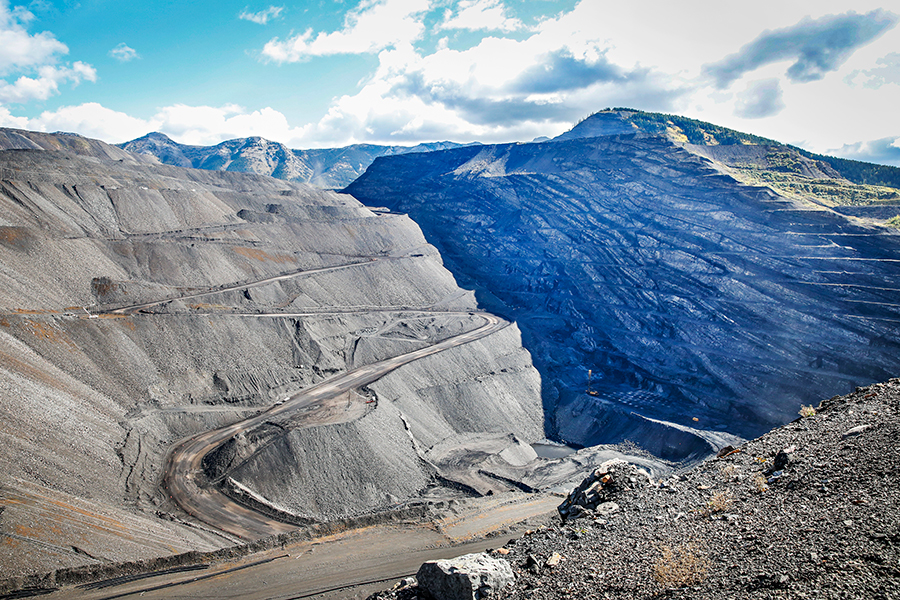Tester Urges State Department to Tackle Transboundary Water Pollution
Seeking a referral to the International Joint Commission, Montana Democrat ramps up pressure for intervention to resolve Canadian mining contamination in Kootenai watershed
By Tristan Scott
The uninterrupted passage of Canadian mining waste into Montana’s transboundary waterways continues to gain urgency as proposals for new mines in British Columbia file into the provincial government’s regulatory queue, prompting U.S. Sen. Jon Tester to ramp up pressure on the State Department for intervention, a move the Montana Democrat says is years overdue.
In a June 9 letter to Secretary of State Anthony Blinken, Tester described the environmental concerns in grave terms, requesting an immediate referral to the independent commission charged with resolving cross-border environmental conflicts after negotiations between the two governments stall. In the letter, Tester urged Blinken to request a referral to the International Joint Commission (IJC) concerning the increasing levels of the mining contaminant selenium in Lake Koocanusa and the Kootenai River watershed, which spans the border with British Columbia, and for the State Department to engage with the Canadian government and the IJC “to resolve this critical transboundary water quality issue.”
It marks the third time in 15 years that a member of Montana’s congressional delegation has pressed the nation’s top diplomat to make a referral for IJC intervention, which is testament to the scope of the contamination as well as the influence of B.C.’s mining industry and the challenge of stemming the flow of pollution from one nation into another.
Meanwhile, Canada’s largest mining companies are proposing new mines and mine expansions without a tested plan in place to control the inrush of selenium, nitrates, and other contaminants, which are harmful to aquatic species. In March, federal prosecutors with Environment and Climate Change Canada (ECCC) laid a $60 million fine against Teck Coal Limited, the largest punishment ever brought under the Canadian Fisheries Act. Teck’s top executives pleaded guilty to two counts of unlawfully depositing deleterious substances into water frequented by fish, admitting that their operations on the Fording River, a tributary of the Elk River near Elkford, B.C., as well as at nearby Greenhills, caused the mining contaminants selenium and calcite to leach from spoils of waste rock and into downstream tributaries, having an adverse effect on native westslope cutthroat trout, including causing fish deformities and mortalities.
Indeed, mining operators in Canada have had a mixed history of preventing selenium contamination in the transboundary watershed, despite investing hundreds of millions of dollars into new wastewater treatment technology. In 2017, for example, a water treatment plant at a Canadian mine “failed catastrophically,” according to Tester, flooding the watershed with a more bioavailable form of selenium and posing an elevated risk to local fish populations.
“Now, those same operators are using new, proprietary water treatment technologies that have not been robustly reviewed by the Environmental Protection Agency to supposedly curb new selenium contamination,” Tester wrote. “State and federal agencies have found elevated selenium levels in fish as far downstream as Idaho and Idaho has declared the Kootenai River an impaired stream. Just last month, the Canadian government issued its largest-ever fine under the Canadian Fisheries Act for violating water quality laws for violations in the Elk River Watershed.”
For its part, Montana recently took steps to address the problem of pollutants leaching downstream from Teck’s B.C. mining operations by adopting its own site-specific water quality standard for selenium at the international boundary, a protective value crafted through years of scientific work to safeguard fish species in Lake Koocanusa and the Kootenai River.
Still, Tester said the involvement of the IJC is critical to help develop a stronger framework between the federal governments while fostering a more stringent bilateral agreement between the state and province.
“Montanans have waited for over three decades to see real action curtailing selenium contamination in their water,” Tester wrote. “They shouldn’t have to wait any longer.”
The IJC is an independent body operating under the 1909 Boundary Waters Treaty, with six appointed members — three from Canada and three from the U.S. — who negotiate water or air conflicts between the two countries. Its members have “taken a direct interest in this issue, and are awaiting a formal referral request to being their review and adjudication process,” Tester wrote, indicating that an executive green light is all that’s standing in the way of IJC involvement.